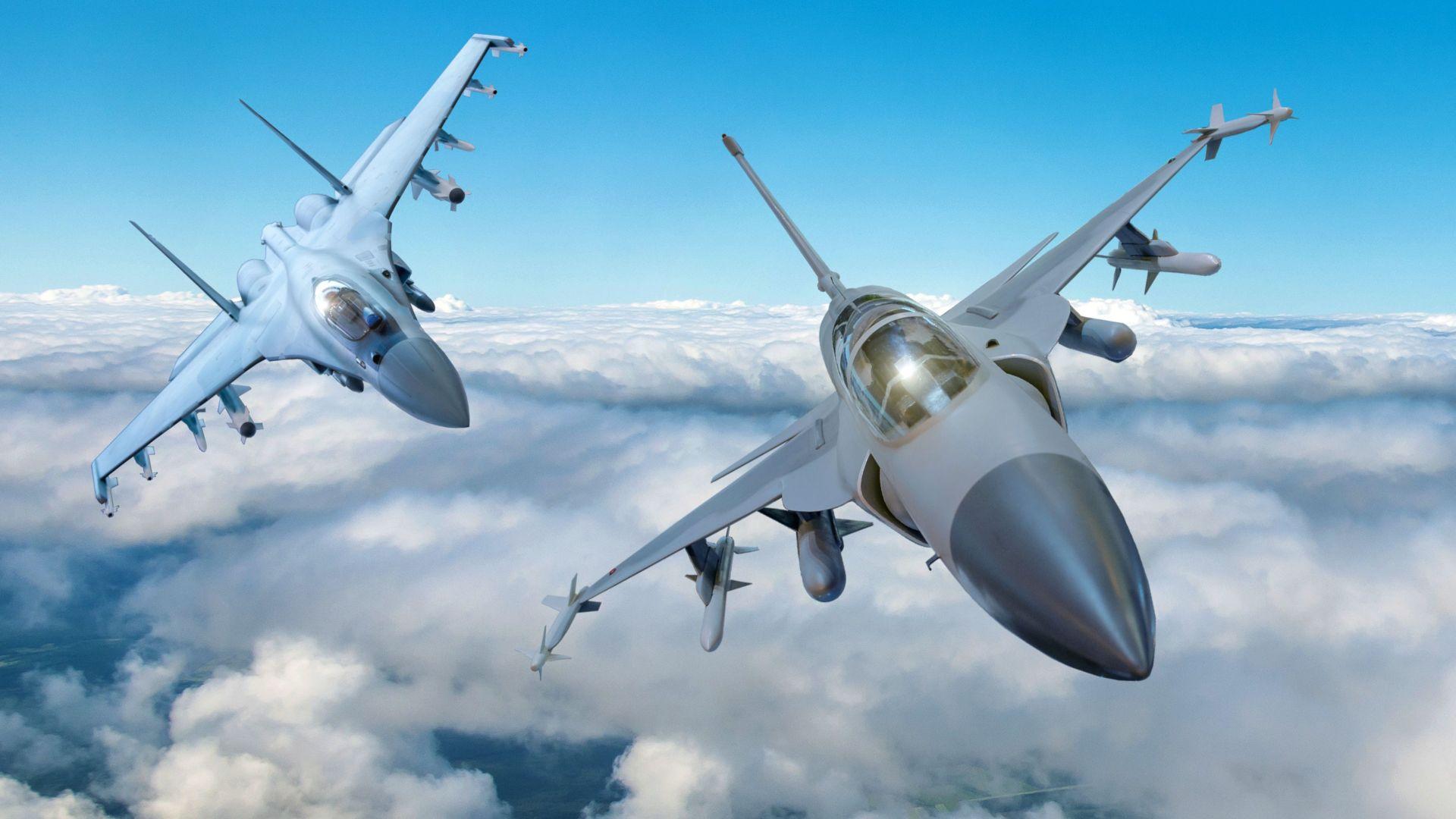Blog
Aerospace & Defense Market: Trends, Challenges, and Growth Opportunities

The aerospace and defense industry plays a vital role in national security and global connectivity. This market research report aims to provide insights into the current trends, challenges, and growth opportunities in the aerospace and defense sector. As the industry continues to evolve, understanding key market dynamics becomes crucial for stakeholders to make informed decisions. This blog post will highlight significant trends, discuss challenges faced by the industry, and explore potential growth avenues.
Growing Demand for Commercial Aviation: The aerospace sector has experienced a significant surge in demand for commercial aviation in recent years. The rise of emerging economies and increasing disposable income have fueled the need for air travel. This trend is expected to continue, leading to a higher demand for new aircraft, cabin innovations, and enhanced passenger experiences. Manufacturers and suppliers in the aerospace industry must focus on innovation and efficiency to meet this demand while complying with stringent safety regulations.
Technological Advancements and Digital Transformation: Technological advancements are revolutionizing the aerospace and defense sector. Digital transformation, artificial intelligence, and automation are reshaping manufacturing processes, maintenance operations, and supply chain management. The integration of data analytics and predictive maintenance enables proactive identification and resolution of potential issues, minimizing downtime and optimizing fleet performance. Additionally, emerging technologies like blockchain and Internet of Things (IoT) offer enhanced security and transparency across the supply chain.
Cybersecurity Challenges: The aerospace and defense industry faces unique challenges related to cybersecurity. As connectivity increases, aircraft and defense systems become vulnerable to cyber threats. Protecting critical infrastructure, intellectual property, and sensitive data is a top priority. Market players must invest in robust cybersecurity measures and collaborate with government agencies to ensure resilience against cyber attacks. The development of advanced encryption techniques, secure communication protocols, and real-time threat monitoring systems are imperative to safeguard the aerospace and defense industry.
Sustainable Aviation Initiatives: Environmental sustainability has gained prominence in the aerospace and defense sector. With growing concerns about climate change, there is a heightened focus on reducing carbon emissions and adopting sustainable practices. Aircraft manufacturers are investing in research and development to develop more fuel-efficient engines and lightweight materials. Moreover, the exploration of alternative fuels and the implementation of sustainable manufacturing processes are becoming crucial factors for market success. Collaboration among industry stakeholders, regulators, and environmental organizations is essential to achieve the industry's sustainability goals.
Conclusion: The aerospace and defense industry continues to evolve in response to changing market dynamics and global challenges. Manufacturers, suppliers, and other stakeholders must stay abreast of the latest trends, embrace technological advancements, and address cybersecurity concerns. Additionally, adopting sustainable practices will play a pivotal role in shaping the future of the industry. As the demand for air travel grows and defense requirements evolve, opportunities for innovation, collaboration, and growth abound in the aerospace and defense market.
The Research Digest: A Deep Dive into Market Research
Welcome to the world of market research blogging! Market research is the process of gathering, analyzing, and interpreting information about a market, product, or service. Blogging about market res […]
Agriculture Market Research: Trends, Challenges, and Growth Opportunities
This agriculture market research report aims to provide valuable insights into the current trends, challenges, and growth opportunities in the agriculture industry. Agriculture plays a crucial role […]
The Role of Data Analytics in Revolutionizing Healthcare: A 360-Degree View
In the ever-evolving landscape of healthcare, the integration of data analytics has emerged as a transformative force, redefining the way medical professionals deliver care and patients experience […]



